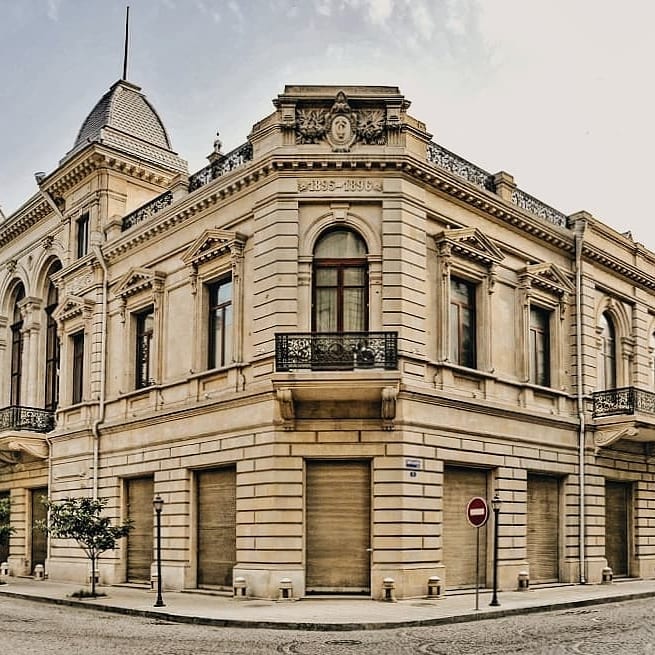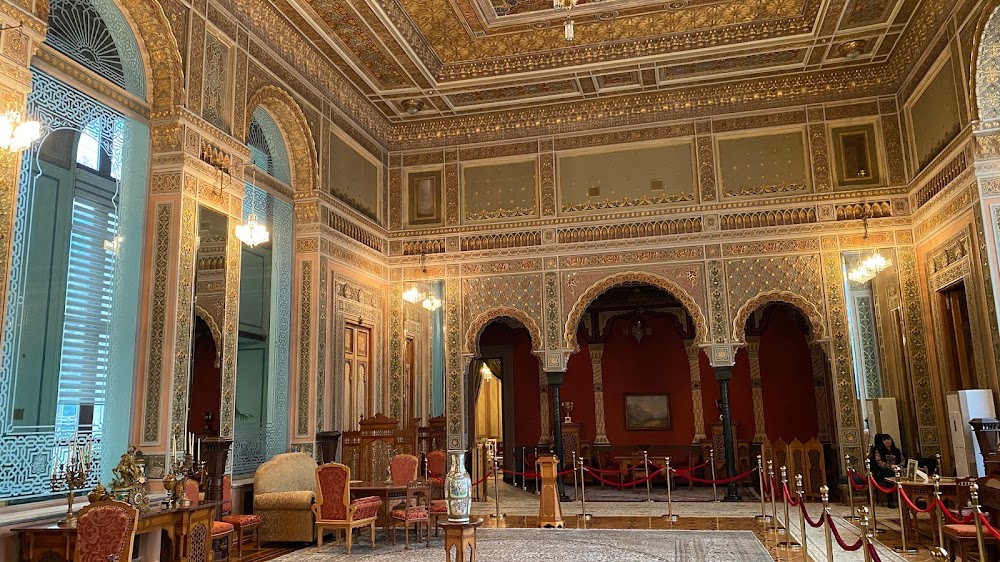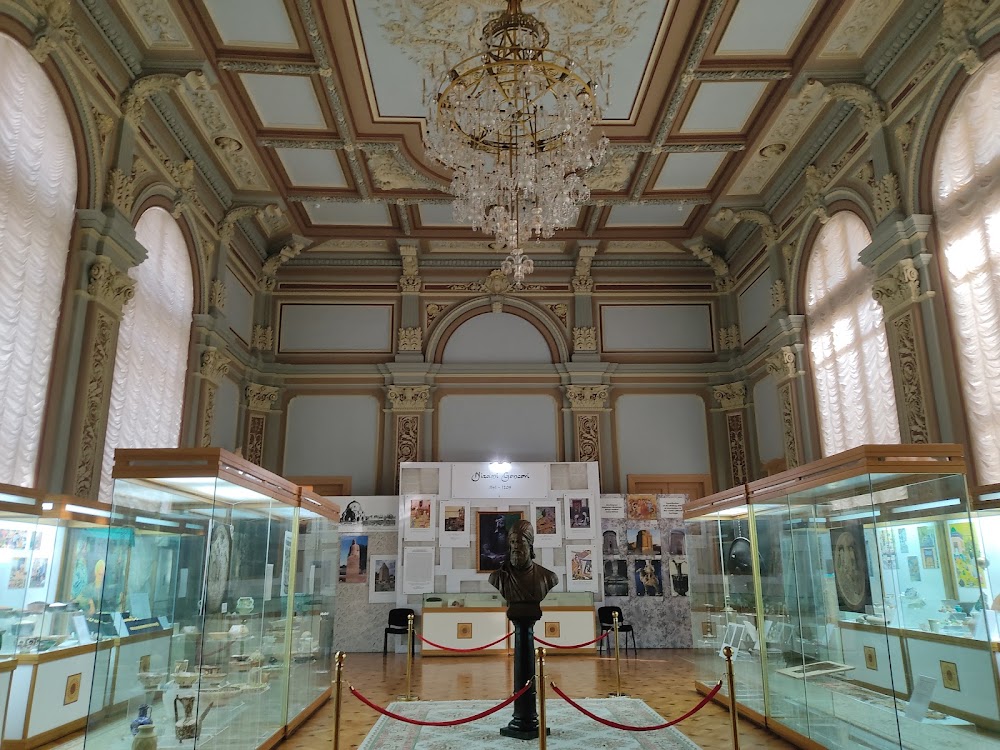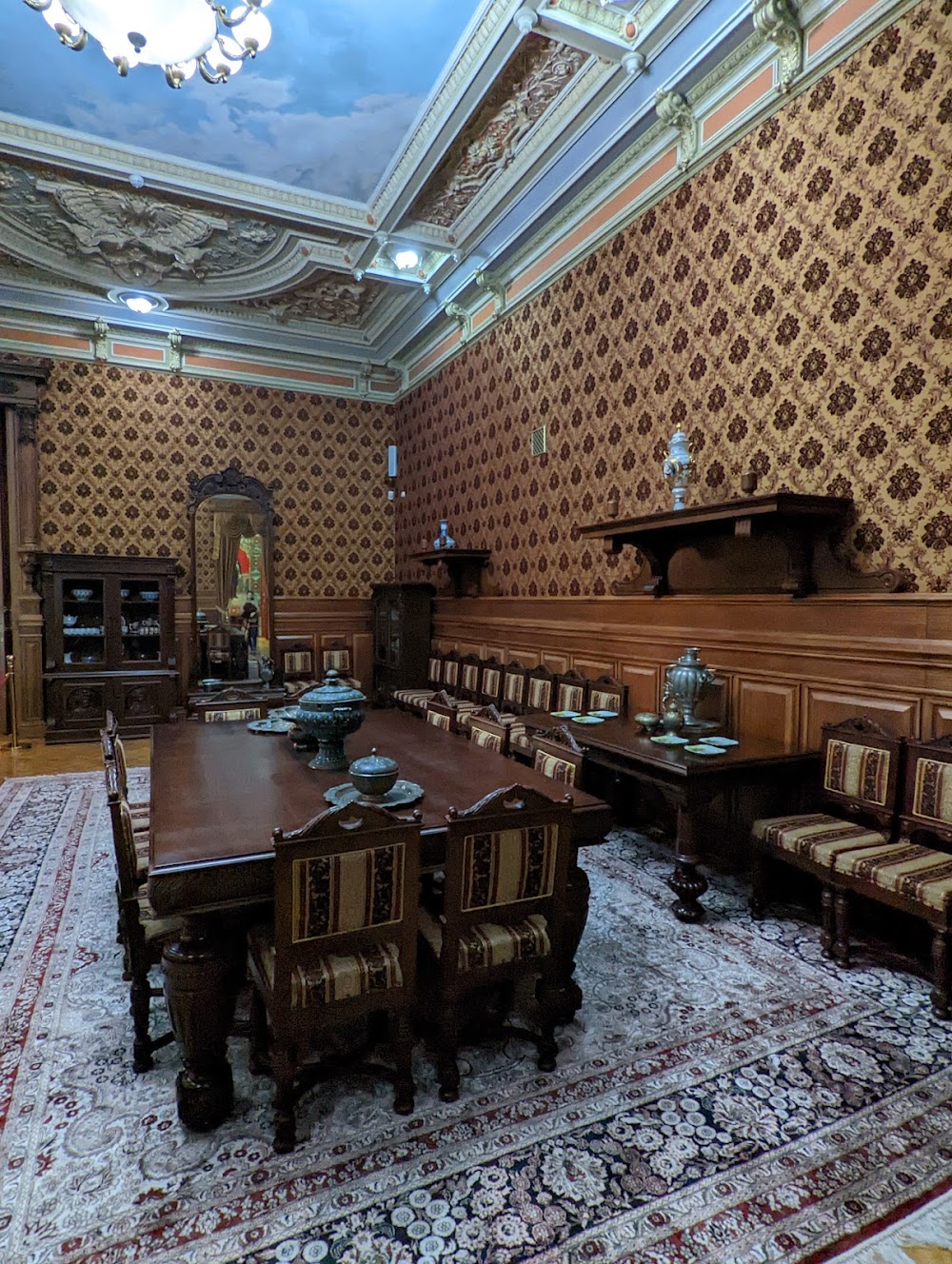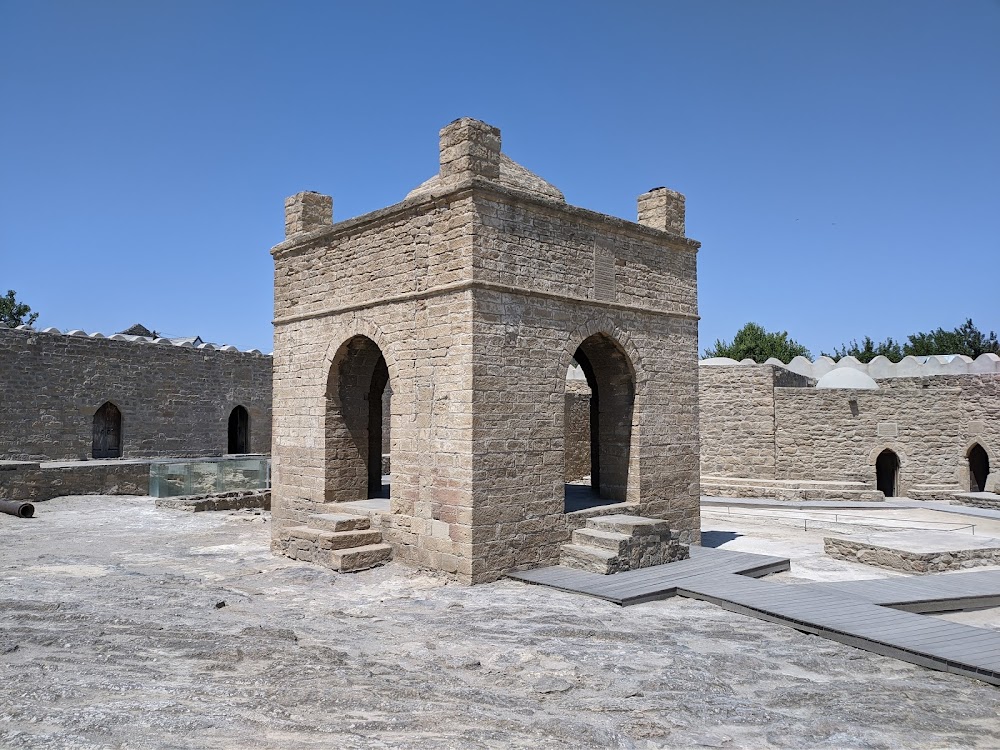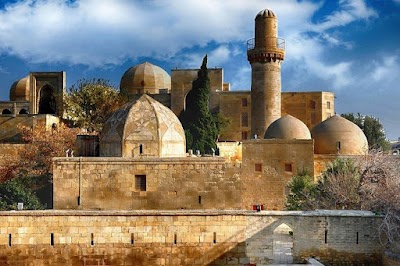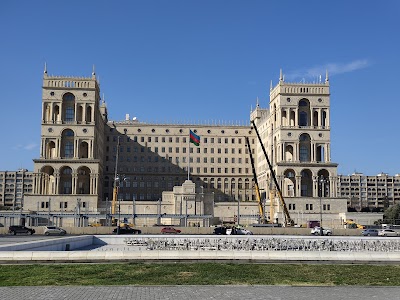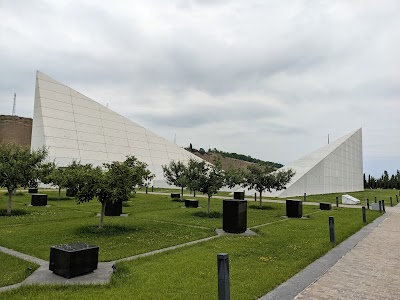National Museum of History of Azerbaijan (Azərbaycan Tarixi Milli Muzeyi)
Overview
The National Museum of History of Azerbaijan is a captivating destination nestled in the heart of Baku, the capital city. This museum not only showcases the rich heritage of Azerbaijan but is also housed in a historic building that tells its own fascinating story.
Originally constructed between 1895 and 1897 as the residence of Haji Zeynalabdin Taghiyev, a notable Azerbaijani oil magnate and philanthropist, the museum is a stunning example of architectural elegance. Designed by Polish architect Józef Gosławski, the mansion beautifully blends Western European styles with Eastern motifs, reflecting the opulence and influence of Taghiyev during the late 19th and early 20th centuries.
After the Bolshevik Revolution in 1920, the mansion underwent a transformation, becoming nationalized and repurposed as a museum. In 1921, it officially opened its doors as the National Museum of History of Azerbaijan. Since then, it has curated an extensive collection of artifacts that chronicle the nation’s journey from ancient times to the modern era, solidifying its status as one of the country’s most significant cultural institutions.
Within the museum, the collection is organized into various departments, each illuminating different facets of Azerbaijani history. The Archaeology section features artifacts from the Stone, Bronze, and Iron Ages, including ancient pottery, tools, and jewelry. These items provide a window into the lives and cultures of the early inhabitants of Azerbaijan.
In the Numismatics section, visitors can marvel at an impressive array of coins that span from ancient to medieval times. This collection highlights the economic history and trade relationships of the region, showcasing the diverse influences on Azerbaijan through its coinage, which includes Persian, Roman, and Byzantine examples.
One of the museum's most engaging areas is the Ethnography section. Here, guests can explore the daily lives, customs, and traditions of the Azerbaijani people through a collection of traditional clothing, rugs, musical instruments, and household items. These artifacts reflect the rich cultural tapestry and craftsmanship that have been passed down through generations.
The museum also offers insights into Azerbaijan’s history from the medieval period to the present day. Exhibits delve into the country’s pivotal role along the Silk Road, its Islamic heritage, and key historical events. Personal belongings, documents, and photographs of notable figures provide a comprehensive understanding of Azerbaijan’s evolution through time.
Between 2005 and 2007, the National Museum of History of Azerbaijan underwent a significant renovation aimed at modernizing the facility while preserving its historical integrity. This revitalization enhanced the museum’s ability to showcase its vast collections more effectively and improved the overall visitor experience. Modern amenities and interactive exhibits now enrich the journey through Azerbaijan’s past.
The museum is not only a repository of history but also a vibrant cultural hub, regularly hosting educational programs and temporary exhibitions. Scholars, students, and tourists alike can engage with the wealth of knowledge and history presented within its walls, making it an essential stop for anyone interested in Azerbaijan’s cultural landscape.
In essence, the National Museum of History of Azerbaijan serves as a vital bridge between the past and the present. It preserves the legacy of the nation’s rich cultural heritage while ensuring that future generations can connect with their roots and understand the evolution of their homeland. Through its extensive collections, stunning architecture, and ongoing educational efforts, the museum remains a cornerstone of Azerbaijan's cultural identity.


